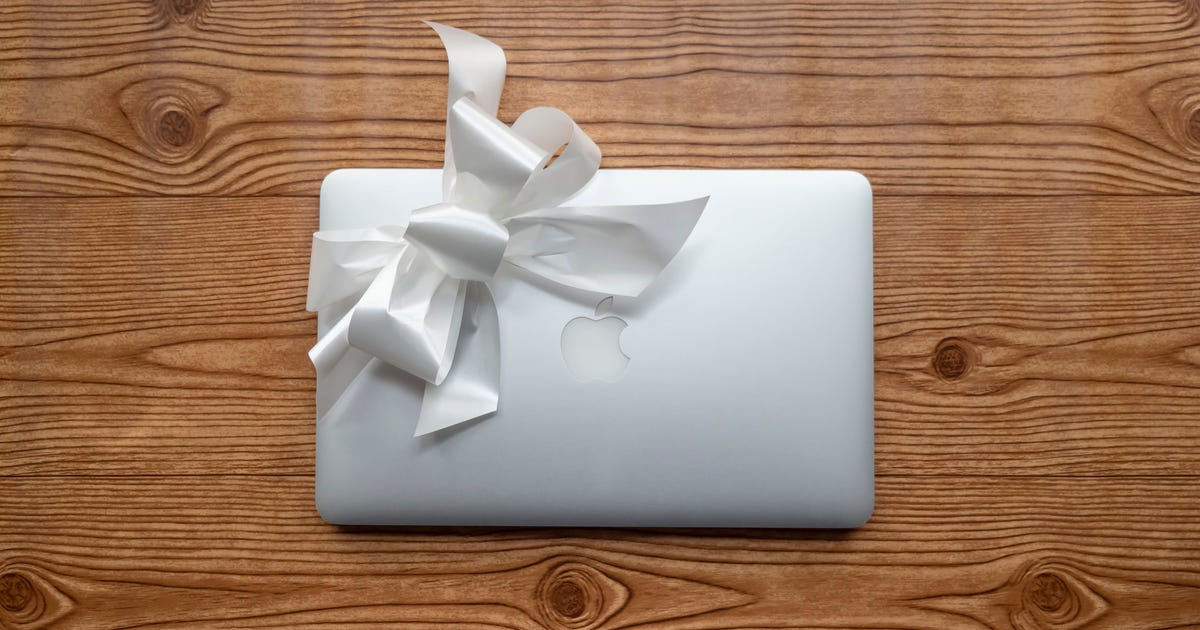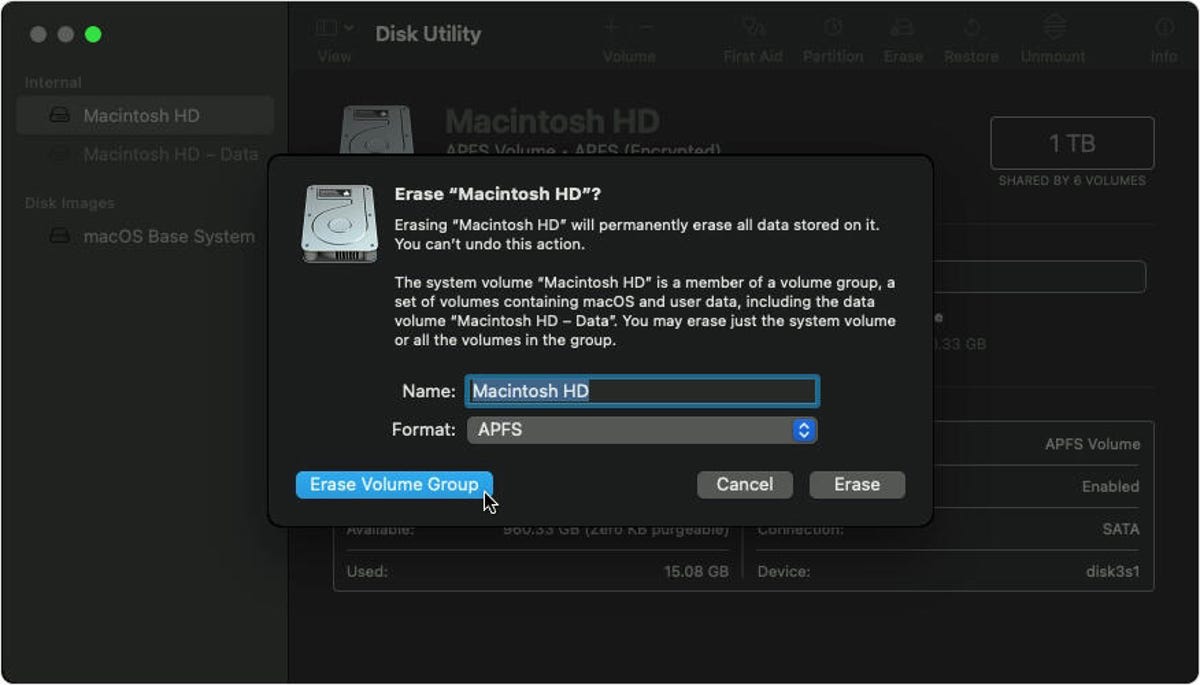
Not sure if your PC is compatible with Windows 11? Here's how to check
Windows 11 dropped in October (here's our full Windows 11 review), and with it came significant compatibility questions. Uncertainty regarding compatibility has been common among PC users since this summer when Microsoft unveiled its first major Windows OS upgrade in six years. Fortunately, Windows 11 should work with most PCs, according to a company blog post. That said, though Windows 11's release date already came and went, certain compatible devices won't necessarily get the upgrade yet -- Microsoft set a target for mid-2022 before every Windows 10 device can download and install Windows 11.
Annoyingly, Microsoft's own tool for determining device compatibility -- the PC Health Check app -- wasn't up to par when Microsoft first announced Windows 11 (there were reports it didn't give people enough information about why their devices weren't compatible), so the company temporarily removed the app. But Microsoft's PC Health Check is now back online and in working order. The app will tell you if your computer meets the requirements to run Windows 11 -- and if your PC doesn't, the tool will tell you why and provide links for more support.
But that's not the only way to check if your device will work with the free Windows 11 update. Read on for all of your options for checking Windows 11 device compatibility. With the Windows 11 release date finally past (remember, however, that it'll be a staggered rollout), it's a good idea to check your own computer. If your device doesn't meet eligibility requirements, you may need to replace your PC by 2025 as Microsoft will phase out Windows 10 over the next several years.
Read more: Should you buy a new Windows laptop now, or wait for Windows 11?
Option 1: Use Microsoft's PC Health Check app to see if your computer can run Windows 11
Follow these steps to test whether your PC meets the system requirements for Windows 11.
1. Download Microsoft's PC Health Check. Open the file, agree to the terms of service and click Install. Make sure the box is checked that says Open PC Health Check, and click Finish.

Here's what you'll see after running the updated Microsoft PC Health Check app if your device is not compatible with Windows 11.
Microsoft2. The app home page that pops up says, "PC health at a glance." At the top, a box reads, "Introducing Windows 11." Click Check now.
If your machine isn't compatible, you'll get a message that says, "This PC doesn't currently meet Windows 11 system requirements," with more information below.
If your machine is compatible, you can download the Windows 11 update for free. The official Windows 11 release date was Oct. 5, but Microsoft is planning a staggered rollout, and many devices will not see the upgrade until 2022.
Option 2: Try the WhyNotWin11 app to check Windows 11 compatibility
An open-source app called WhyNotWin11 is a good alternative to the PC Health Check app. The Github app, created by a developer not affiliated with Microsoft, has a less friendly interface, but it should give you more information and go into more detail about various potential compatibility issues. Here's more information from TechRadar on how to use it to determine your own device's compatibility with Windows 11.
Option 3: Check Microsoft's list of system specifications for Windows 11
To determine if your current PC will be able to run Windows 11, you can check out this list of system specifications on Microsoft's website, or in the chart below. If your machine is compatible, you can download the Windows 11 update for free when it becomes available.
What are the system requirements to run Windows 11?
Here's the full list of system requirements for Windows 11, including at least 4GB of RAM, 64GB of storage and a 720p display larger than 9 inches diagonally.
Windows 11 requirements
| Spec | Requirement |
|---|---|
| Processor | 1GHz or faster with 2 or more cores on a compatible 64-bit processor or system on a chip |
| RAM | 4GB |
| Storage | 64GB or larger storage device |
| System firmware | UEFI, Secure Boot-capable |
| TPM | Trusted Platform Module (TPM) version 2.0 |
| Graphics card | Compatible with DirectX 12 or later with WDDM 2.0 driver |
| Display | HD (720p) display greater than 9 inches diagonally, 8 bits per color channel |
| Internet connection and Microsoft account | For Windows 11 Home edition: internet connectivity; Microsoft account to complete device setup on first use. For all Windows 11 editions: Internet access to perform updates and to download and use some features; Microsoft account for some features |
Source








